Experimental Investigation on the Expansive Characteristics of Clay-Sulfate Rocks Subjected to Confined Compression and Cyclic Drying Wetting
DOI: 10.23977/jceup.2025.070302 | Downloads: 4 | Views: 250
Author(s)
Cheng Shufan 1,2
Affiliation(s)
1 Hubei Province Road and Bridge Co., Ltd., Wuhan, China
2 School of Civil Engineering, Wuhan University, Wuhan, China
Corresponding Author
Cheng ShufanABSTRACT
Gansu clay-sulfate rock is a special red-bed rock that formed in an evaporation environment with strong oxidation. In this study, a loadable cyclic drying-wetting instrument was designed to simulate the occurrence of the surrounding rock mass of a tunnel experiencing a periodic change in groundwater level. Firstly, a series of drying-wetting cycle tests with different normal pressure were carried on to obtain the expansion regulation of clay-sulfate rock. Then, computed tomography (CT) and scanning electron microscope (SEM) tests were carried on to explain the corresponding mechanism in mesoscopic. The test results show that large expansive deformation was generated in the first water immersion and only part of the deformation can be recovered during the later drying process. Meanwhile, the degeneration of the clay-sulfate rock was observed in the first cycle by the CT and SEM test. It indicates the clay rock, in large part, degenerated to clay soil during the first drying-wetting cycle. Structural degradation and hydration of anhydrite is the main source of irreversible expansive deformation. Moreover, normal stress and confined restraint can reduce or even eliminate the expansive deformation, however, cannot avoid the degeneration of mesostructure.
KEYWORDS
Expansive Rock, Coupling Effect, Meso-StructureCITE THIS PAPER
Cheng Shufan, Experimental Investigation on the Expansive Characteristics of Clay-Sulfate Rocks Subjected to Confined Compression and Cyclic Drying Wetting. Journal of Civil Engineering and Urban Planning (2025) Vol. 7: 7-12. DOI: http://dx.doi.org/10.23977/jceup.2025.070302.
REFERENCES
[1] Kwon S, Lee C S, Cho S J, Jeon S W, Cho W J (2009). An investigation of the excavation damaged zone at the KAERI underground research tunnel. Tunn. Undergr. Sp. Tech. 24(1):1-13.
[2] Butscher C, Huggenberger P, Zechner E, Einstein HH (2011). Relation between hydrogeological setting and swelling potential of clay-sulfate rocks in tunneling. Eng. Geol. 122(3):204-214.
[3] Liu D, Wang Z, Zhang X, Wang Y, Zhang X, Li D (2018). "Experimental investigation on the mechanical and acoustic emission characteristics of shale softened by water absorption." J. Nat. Gas. Sci. Eng. 50(Feb):301-308.
[4] Alonso E, Pineda J, Cardoso R (2010). Degradation of marls; two case studies from the Iberian Peninsula Geological Society, Engineering Geology Special Publications, London, U. K.
[5] Li Q, Shi W, Yang R (2016). Deformation mechanisms in a coal mine roadway in extremely swelling soft rock. SpringerPlus. 5(1):1310.
[6] Hu M, Liu Y, Ren J, Wu R, Zhang Y (2019). laboratory test on crack development in mudstone under the action of dry-wet cycles. B. Eng. Geol. Environ, 78(1):543-556.
[7] Zeng L, Luo J, Liu J, Gao Q (2021). Disintegration characteristics and mechanisms of carbonaceous mudstone subjected to load and cyclic drying-wetting. J. Mater. Civil Eng. 33(8):04021195.
[8] Jia L, Chen M, Jin Y (2014). 3D imaging of fractures in carbonate rocks using X-ray computed tomography technology. Carbonate Evaporites 29, 147–153.
[9] Kuang H, Wang P, Ai X, et al. (2022). Study of the karst development rate of the Jinping porous carbonate rock formation based on porosity analysis of rock images. Carbonates Evaporites 37: 55.
| Downloads: | 11537 |
|---|---|
| Visits: | 393662 |
Sponsors, Associates, and Links
-
Journal of Sustainable Development and Green Buildings
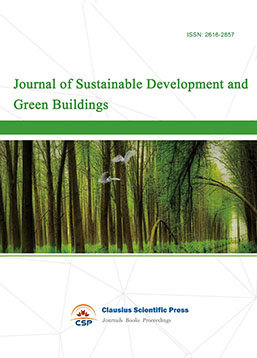
-
Landscape and Urban Horticulture
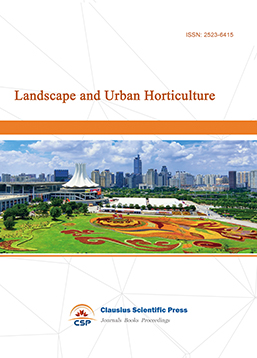
-
Bridge and Structural Engineering
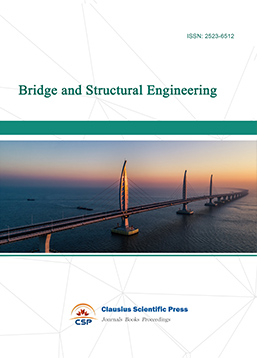
-
Soil Mechanics and Geotechnical Engineering
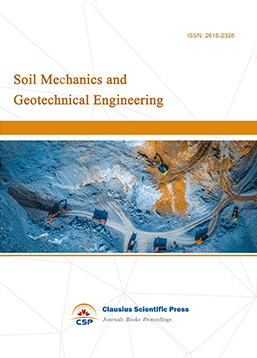
-
Journal of Municipal Engineering
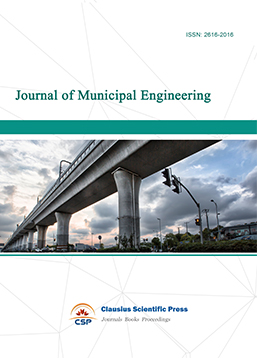
-
Heating, Ventilation and Air Conditioning
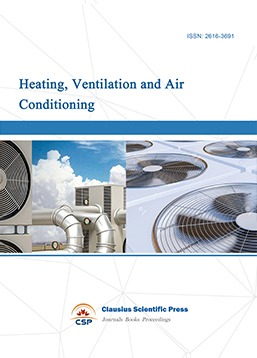
-
Indoor Air Quality and Climate
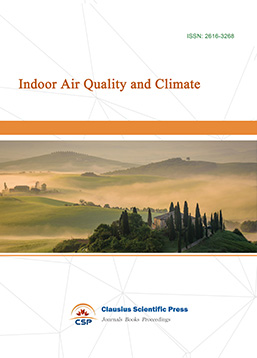
-
Computer Aided Architecture Design
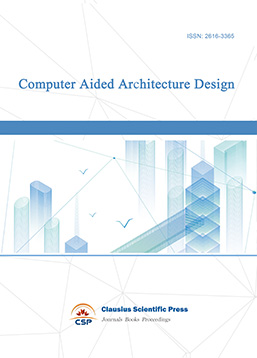

 Download as PDF
Download as PDF